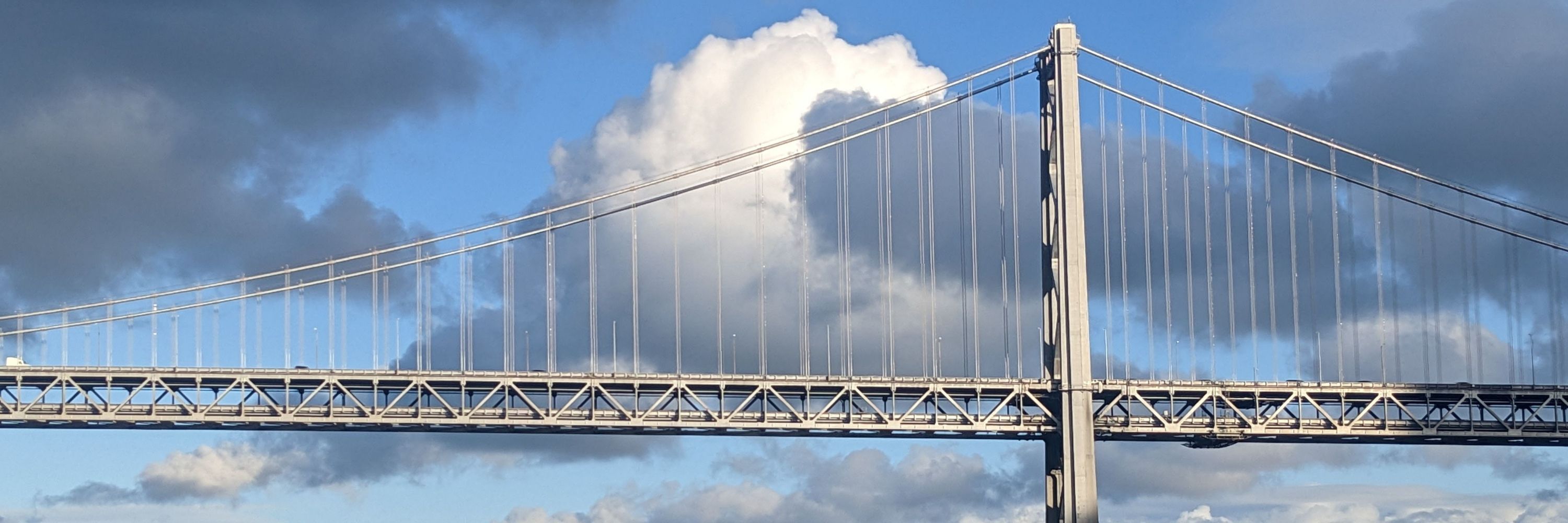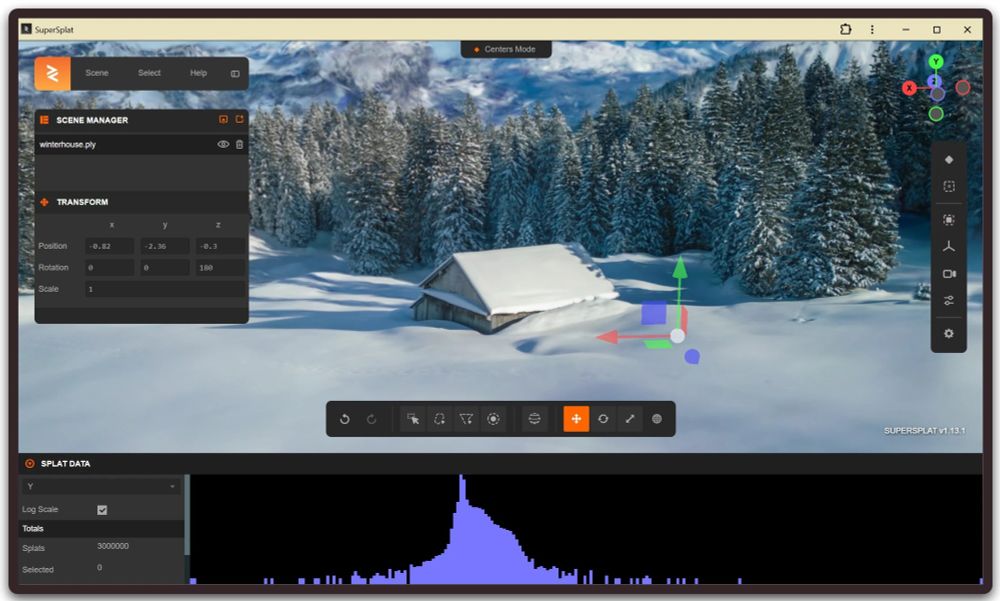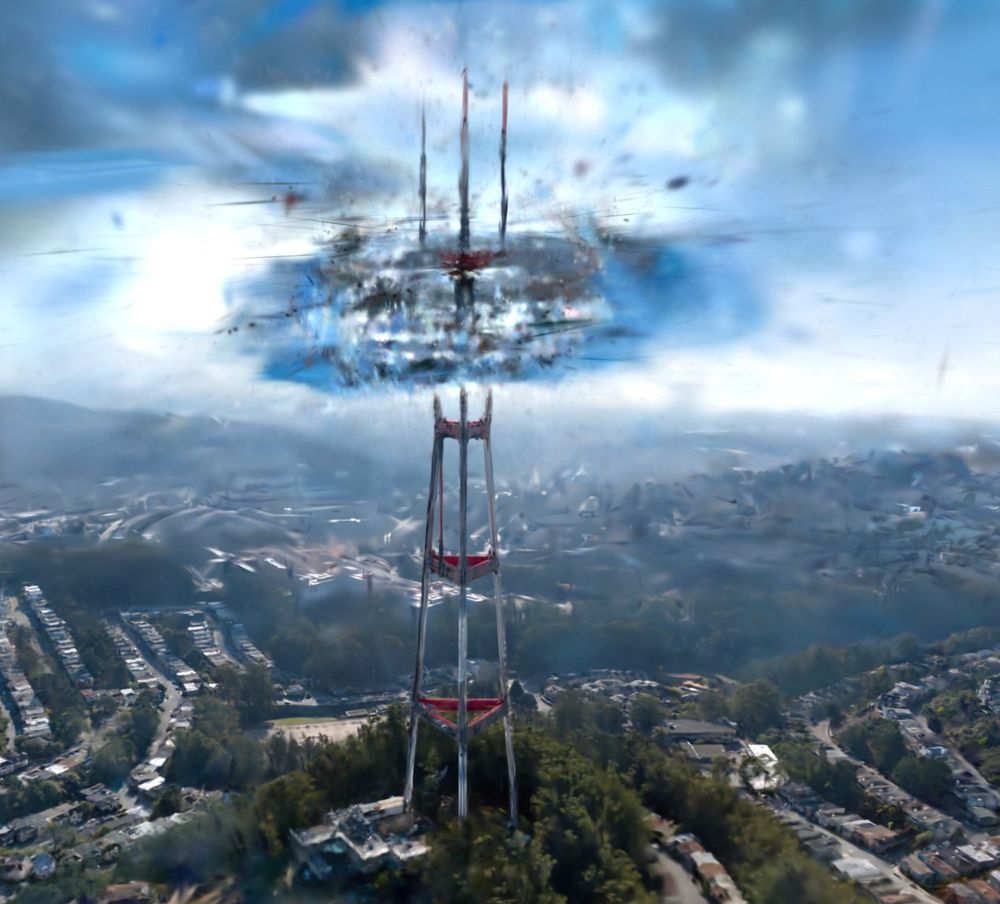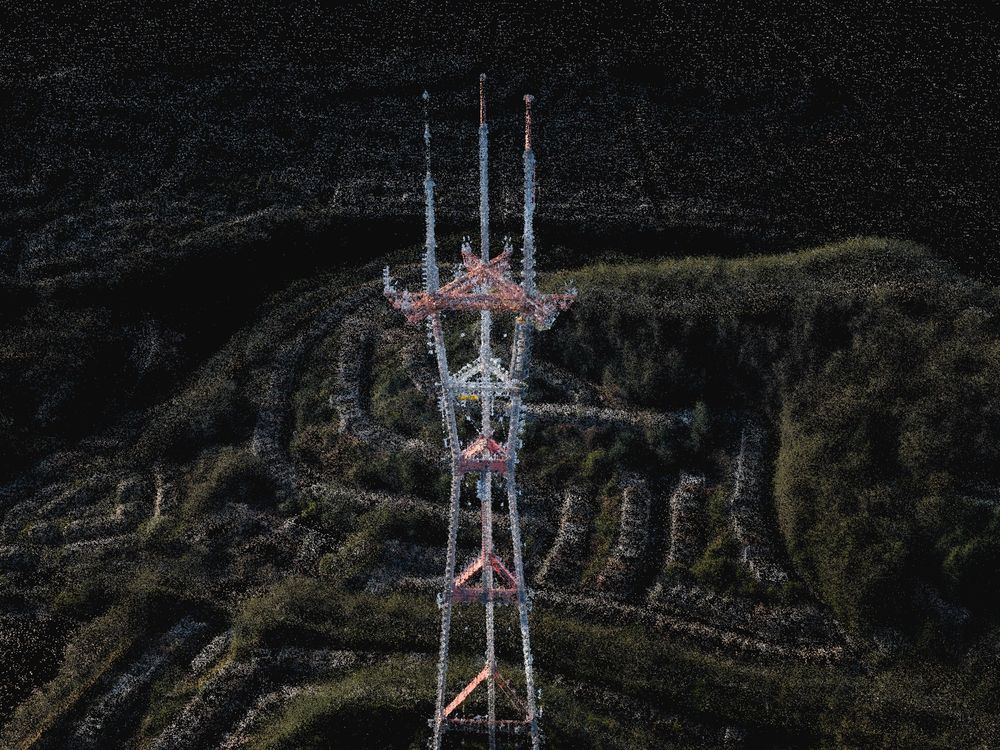



and I flew drones around the tower and took thousands of files. I then somewhat laboriously aligned these images in RealityCapture

and I flew drones around the tower and took thousands of files. I then somewhat laboriously aligned these images in RealityCapture


